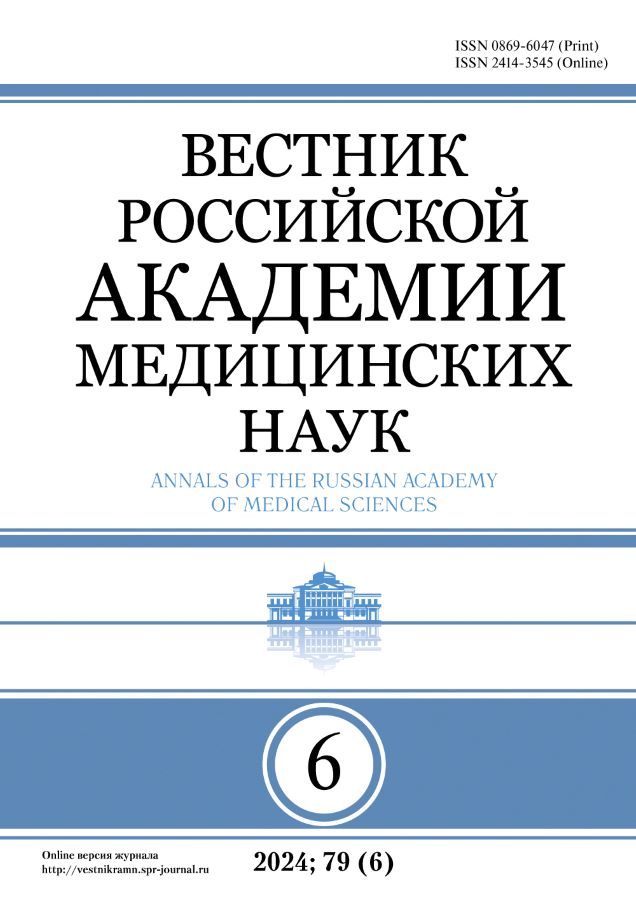Об авторах
ГБОУ ВПО «Сибирский государственный медицинский университет»
Минздравсоцразвития России, Томск
Автор, ответственный за переписку.
Email: kolobovnikova.julia@mail.ru
кандидат медицинских наук, ассистент кафедры патофизиологии ГБОУ ВПО СибГМУ Минздравсоцразвития России, Адрес: 634050, Томск, Московский тракт, д. 2 Тел.: (3822) 55-36-13 Россия
ГБОУ ВПО «Сибирский государственный медицинский университет»
Минздравсоцразвития России, Томск
Email: urazova72@yandex.ru
доктор медицинских наук, профессор кафедры патофизиологии ГБОУ ВПО СибГМУ Минздравсоцразвития России Адрес: 634050, Томск, Московский тракт, д. 2 Тел.: (3822) 55-36-13 Россия
ГБОУ ВПО «Сибирский государственный медицинский университет»
Минздравсоцразвития России, Томск
Email: office@ssmu.net.ru
академик РАМН, профессор, заведующий кафедрой патофизиологии ГБОУ ВПО СибГМУ Минздравсоцразвития России Адрес: 634050, Томск, Московский тракт, д. 2 Тел.: (3822) 55-36-13 Россия
ГБОУ ВПО «Сибирский государственный медицинский университет»
Минздравсоцразвития России, Томск
Email: mko1986@sibmail.com
аспирант кафедры патофизиологии ГБОУ ВПО СибГМУ Минздравсоцразвития России Адрес: 634050, Томск, Московский тракт, д. 2 Тел.: (3822) 55-36-13 Россия
ГБОУ ВПО «Сибирский государственный медицинский университет»
Минздравсоцразвития России, Томск
Email: mko1986@sibmail.com
студент 6-го курса медико-биологического факультета ГБОУ ВПО СибГМУ Минздравсоцразвития России Адрес: 634050, Томск, Московский тракт, д 2 Тел.: (3822) 55-36-13 Россия








